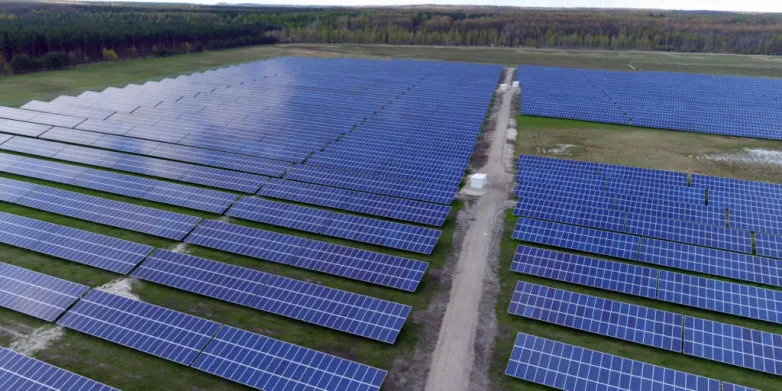Germany will need 160 GW of solar by 2030 to prevent power shortages
Sep 13, 2019 05:19 PM ET
- EuPD Research has calculated what needs to be done to replace the nuclear and coal generation to be phased out in Germany. Accelerated expansion of PV appears the best short-term option. However, storage capacity will need to increase 30-fold by 2040 so solar can become the main pillar of the country’s energy system.

With Germany set to disconnect the last of its nuclear reactors in 2022 and the coalition government agreeing on the same fate for coal, by 2038 at the latest, the need for a medium-term replacement for half the country’s generation assets is an urgent one.
The German Solar Industry Association (BSW-Solar) and Intersolar trade conference organizer The Smarter E tasked Bonn-based market research company EuPD Research to examine scenarios about how to avoid a deficit in electricity supply.
The resulting study, Energiewende im Kontext von Atom und Kohleausstieg – Perspektiven im Strommarkt bis 2040, has pointed to renewables, and in particular solar as the way forward to 2040.
The short-term focus is on PV, which can be deployed more quickly than wind power generation assets, is popular with the public, is readily available and has low generation costs. With electricity consumption in the country set to rise from 530 TWh last year to 880 TWh in 2040, Germany would need an installed PV capacity of 162 GW by 2030 to help fill the void left by nuclear and coal, according to EuPD Research. By 2040, the figure would increase to more than 250 GW.
Storage: 59 GWh needed
The variability of solar power means a significant increase in energy storage capacity will also be needed, stated the analysts. The study posits a 30-fold expansion in storage will be required, from the current 1.9 GWh of capacity to 59 GWh.
Double-digit gigawatt-scale capacity for electrolysis would also be required to counter the fall in PV power output that occurs in winter, added EuPD Research, and power-to-gas and green hydrogen roll-out is also urgently needed to electrify heating and transport. For electromobility alone, the report predicts an additional 70 TWh will need to be generated in 2040.
Broken down, the report predicts Germany would need its large scale PV generation capacity to rise from 15.7 GW to 126.7 GW by 2040. Some 91 GW of commercial rooftop capacity will be needed, up from 24 GW today and residential systems will have to offer 35 GW at that point, up from 6.6 GW today.
Wind power, biomass and other renewables will also have to contribute, stated the study. Onshore wind capacity will have to rise 3 GW per year to reach 90 GW by 2030 and 115 GW by 2040. Offshore capacity would have to reach 7.7 GW next year, 15 GW ten years later and 29.4 GW by 2040.
Also read


